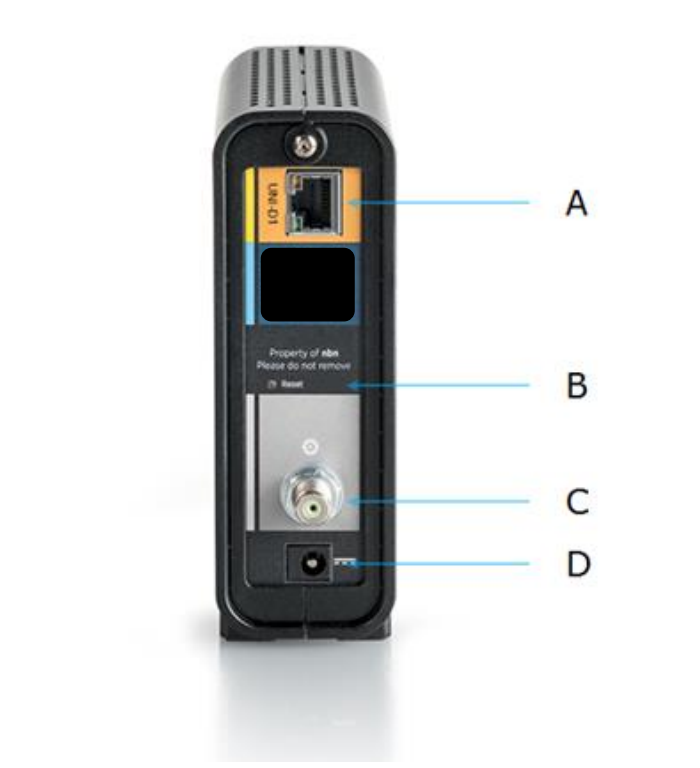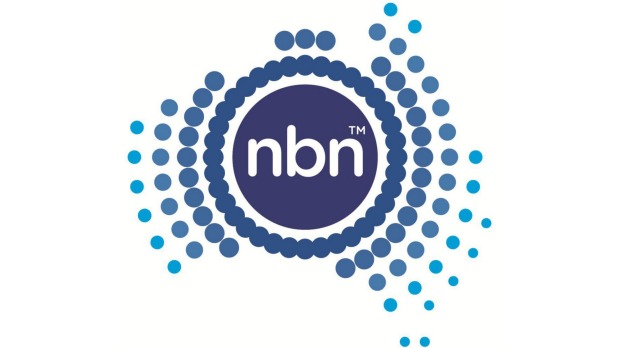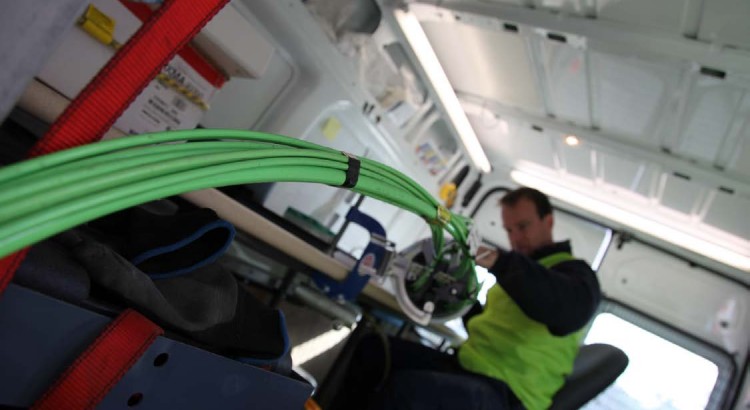No high-speed tiers to accompany launch of higher speed network
The company responsible for building the National Broadband Network, nbn, is set to begin installing new HFC Network Termination Devices (NTDs) at the end of this month to allow them to connect to the upgraded DOCSIS 3.1 network.
nbn’s NTD is a customised CM8200B DOCSIS 3.1 modem from Arris, who successfully won a tender to supply the network equipment.

nbn had initially planned to begin deploying its DOCSIS 3.1 NTDs in December 2016. This has been pushed back by a month to the end of January 2017, with the company issuing an amendment to its Wholesale Broadband Agreement (WBA2).
In their notification letter to Access Seekers, nbn states that it intends to “introduce the new CM8200B (DOCSIS 3.1) HFC-NTD deploying on all HFC installations from end January 2017”.
No speed increase despite upgrade
Despite touting the speed capabilities of the new DOCSIS 3.1 modems, nbn will not launch new speed tiers to accompany the launch of the new modems.
In November 2015, nbn’s Chief Technology Officer penned a blog post saying that new modems by Arris will be capable of delivering “a stunning 5Gbps downstream and 2Gbps upstream”.
However, the maximum speed tier nbn will offer over the HFC network will remain at 100/40 Mbps. The January 2017 Integrated Deployment Plan also shows no future plans to introduce higher speed tiers already available the NBN Fibre network.
DOCSIS 3.1 promises to provide improved network performance and speeds through increased modulation orders and wider spectrum utilisation.
The new NTD will also have a second Ethernet port, however, the port will be disabled and covered by a sticker at launch.

